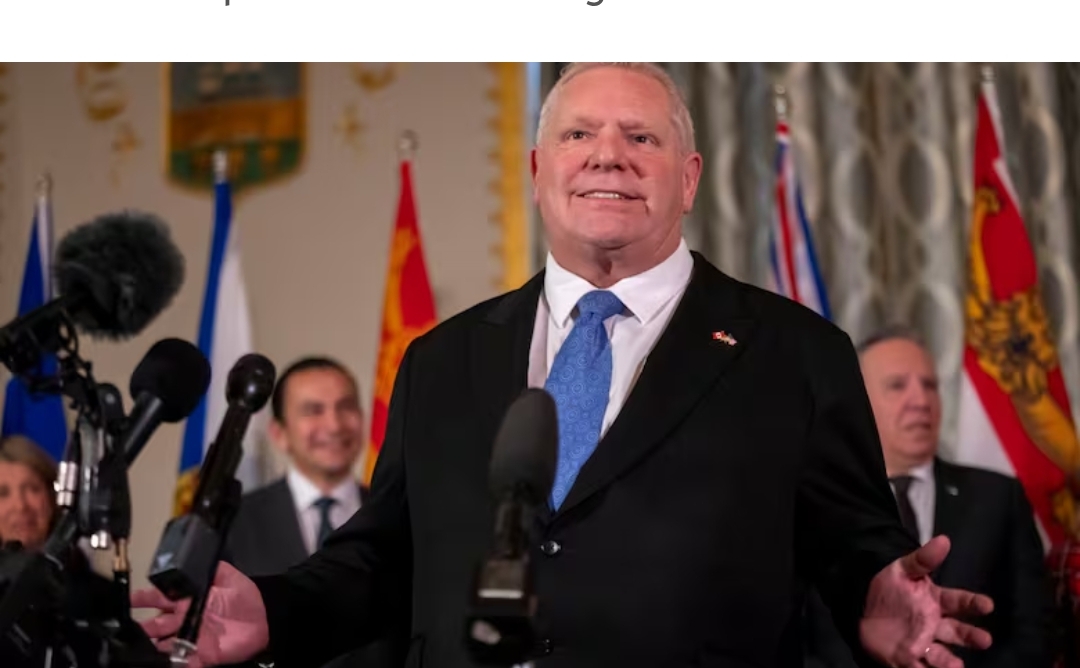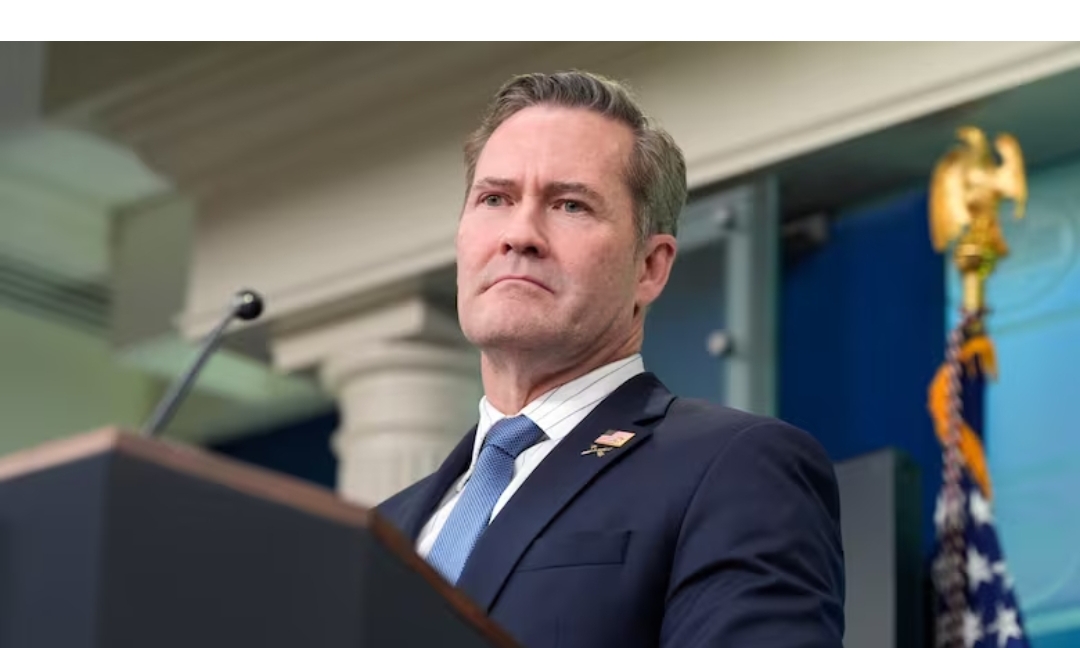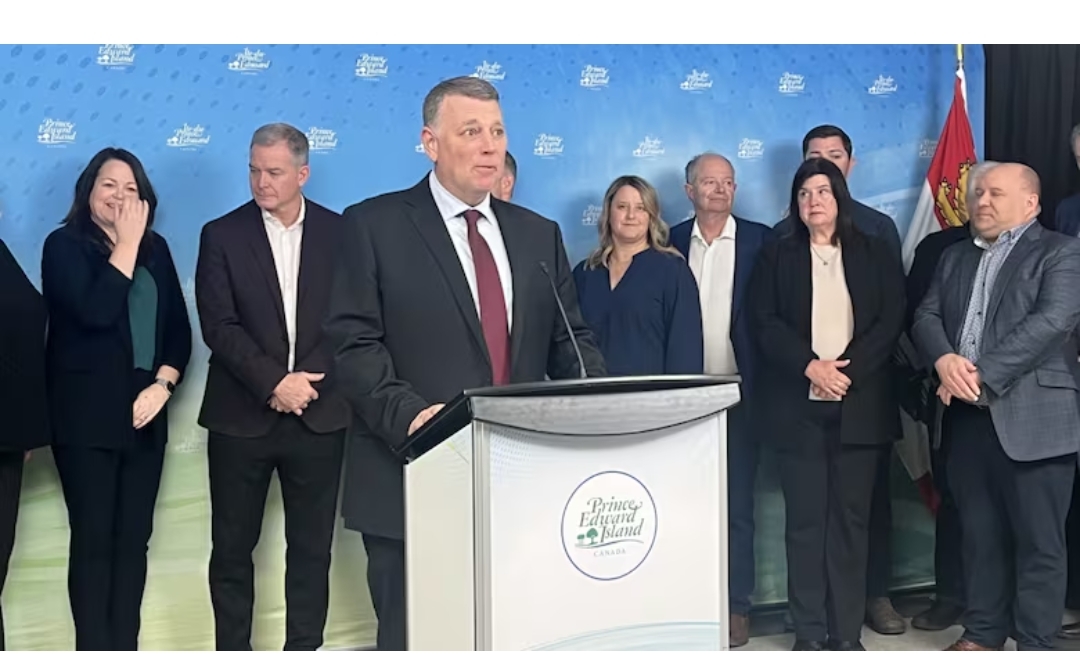Assahafa.com
Prime Minister Justin Trudeau announced Monday the federal government will reduce the number of temporary foreign workers in Canada after a historic surge that some experts say has fuelled unemployment among immigrants and young people.
The government loosened restrictions during a severe post-COVID labour shortage — a decision that led, in particular, to a spike in the number of low-wage temporary workers.
Trudeau said employers in high unemployment areas — places where the unemployment rate is six per cent or higher — will not be able to hire low-wage temporary foreign workers (TFWs), with limited exceptions for “food security sectors” like agriculture and food and fish processing as well as construction and health care where acute staffing shortages still exist.
In another reversal, the government said employers will no longer be allowed to hire more than 10 per cent of their total workforce through the TFW program.
As well, low-wage TFWs will also be limited to one-year contracts, down from the current two.
Employment Minister Randy Boissonnault acknowledged there’s more slack in the job market now than there was when the country emerged from the pandemic with huge gaps in the labour market.
According to the Bank of Canada’s recent monetary report, the “newcomer” or immigrant unemployment rate now stands at 11.6 per cent — well above the overall unemployment rate of 6.4 per cent that was recorded in June.
For youths, which includes people between the ages of 15 and 24, the unemployment rate is even higher at 13.5 per cent — the highest it’s been in a decade, according to federal figures.
Meanwhile, the low-wage TFW sector, which has admitted workers in food services but also in sectors like construction and hospitals, has grown from 15,817 such workers in 2016 to 83,654 in 2023, according to federal data.
Boissonnault said today’s changes will reduce the number of low-wage TFWs by about 65,000, bringing the number to pre-pandemic levels.
Housing Minister Sean Fraser, who was immigration minister when the TFW regulations were first relaxed in 2022, said clamping down on temporary workers will also help alleviate some of the stress on the housing market, especially at the lower end of the spectrum where competition for more affordable homes is fierce.
“We expect the changes made today could potentially reduce the pressure on tens of thousands of housing units across the country,” Fraser said.
Prime Minister Justin Trudeau says the Liberals are having ‘ongoing’ conversations about immigration and the job market, saying the government will present an ‘immigration levels plan’ this fall that looks at both permanent residents as well as temporary residents.
Conservative MP Melissa Lantsman, the party’s deputy leader, said the government’s decision to curb TFWs is a sign that the government is “walking back the disastrous policies of Sean Fraser who, at the time, was immigration minister. He broke our immigration system and now is responsible for fixing housing.”
Permanent resident numbers could also be adjusted
Asked by CBC News if the government is considering broader changes to the immigration system with the “newcomer” unemployment rate at nearly 12 per cent — substantially higher than the overall unemployment rate of roughly six per cent — Trudeau said the government is going to review its immigration levels this fall.
Asked if a reduction in the number of permanent residents is on the table, Trudeau suggested it’s a possibility and said that topic could be discussed at the cabinet retreat this week.
Minister of Immigration Marc Miller says the federal government has ‘to be careful’ to not throw Canada into a recession when making changes to the temporary foreign worker program. Minister of Employment Randy Boissonnault says he’s not prepared to see the low-wage temporary foreign workers stream disappear in rural and remote Canada.
According to the government’s immigration plan, the country is expected to admit about 485,000 permanent residents in 2024 and 500,000 in both 2025 and 2026.
Liberals say they will rein in temporary foreign worker program after historic influx
UN report on Canada’s temporary foreign workers details the many ways they’ve been abused
As Trudeau cabinet meets, Liberal MPs look for signs of change following byelection loss
“We’re making sure that the entire package makes as much sense as possible for the needs of Canadians and for the needs of our economy,” Trudeau said.
“We’ll be looking at unemployment rates and opportunities to make further adjustments over the course of this fall as we come forward with comprehensive level plans that will respond to the reality that Canada’s facing now and in years and decades to come,” he said.
He said immigration needs to be “done right,” and that changes may be forthcoming so that “Canada remains a place that is positive in its support for immigration but also responsible in the way we integrate and make sure there’s pathways to success for everyone who comes to Canada.”
Immigration Minister Marc Miller said “all options are on the table” when it comes to addressing immigration levels.
He acknowledged that some people have expressed concern to him about the current pace of population growth, which is among the highest in the developed world.
He said he’s not a “dogmatic” minister who’s unwilling to tweak permanent resident figures that the government has already set for the coming years.
“We need to look at where the country is going and make sure we adjust,” he said.
“I’m very open to make changes if the economic dictates it, if the social fabric dictates it,” he said. “That’s smart politics and it’s smart policy, and it’s something that Canadians expect us to do.”
Source: cbc

![Moroccan Sahara: Chile Supports Political Solution ‘within Framework of [Autonomy] Initiative Presented by Morocco to United Nations in 2007’](https://en.assahafa.com/storage/2024/12/Screenshot_20241219_222312.jpg)












